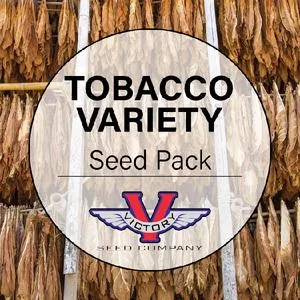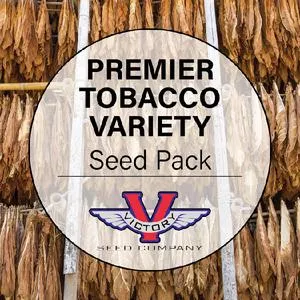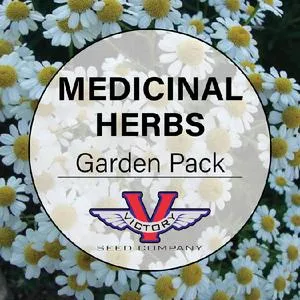Deep South Vegetable Garden Pack
Price: $99.95
SKU: 30096131We have chosen our favorite and best-selling varieties for the Deep South and made them available in this convenient collection.
Place a single order for this item and you will get one packet of each of the items shown below at an overall discount. If you prefer, you can order them individually one by one, by clicking on each item in the list.
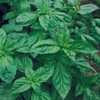 Basil, Genovese
Basil, Genovese
Highly aromatic and versatile, this basil boasts bold, sweet flavors perfect for culinary delights.
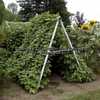 Rattlesnake Pole Green Garden Bean
Rattlesnake Pole Green Garden Bean
Tasty green bean when young; excellent as a dry beans as well.
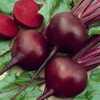 Detroit Dark Red Beet
Detroit Dark Red Beet
Renowned for its sweet, tender roots and versatile use.
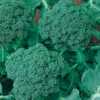 Waltham 29 Broccoli
Waltham 29 Broccoli
Cold-hardy and compact, thriving in late summer to winter with abundant side shoots.
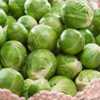 Catskill Brussels Sprouts
Catskill Brussels Sprouts
Large, dark-green and firm sprouts.
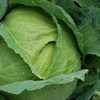 All Seasons Cabbage
All Seasons Cabbage
Heat resistant, fine-flavored and produces good, hard heads.
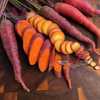 Cosmic Purple Carrot
Cosmic Purple Carrot
Bright purple on the outside and orange on the inside.
 Snowball Self-Blanching Cauliflower
Snowball Self-Blanching Cauliflower
Self-blanching cauliflower with large leaves and mild flavor.
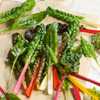 Rainbow Swiss Chard
Rainbow Swiss Chard
Tender variety with orange, yellow, pink, white, and red stalks.
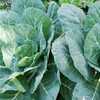 Georgia (Southern) Collards
Georgia (Southern) Collards
Heat and cold tolerant; slow to bolt. Non-heading, juicy blue-green, wavy leaves will stand light freezing which improves their cabbage-like flavor.
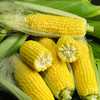 Golden Bantam Sweet Corn
Golden Bantam Sweet Corn
The most popular yellow sweet corn among home gardener's since the beginning of the twentieth century.
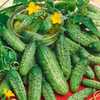 Boston Pickling Improved Cucumber
Boston Pickling Improved Cucumber
Blocky, bright green fruits. Perfect for pickling.
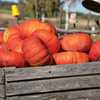 Cinderella Pumpkin
Cinderella Pumpkin
French heirloom that is very productive and beautiful.
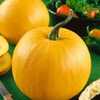 Small Sugar Pumpkin
Small Sugar Pumpkin
Outstanding for processing and pumpkin pies.
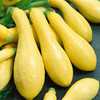 Early Prolific Straightneck Summer Squash
Early Prolific Straightneck Summer Squash
The fruits taper towards the stem end and are a nice lemon yellow color.
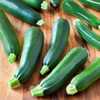 Black Beauty Zucchini Summer Squash
Black Beauty Zucchini Summer Squash
Fruit are harvested at 6 to 8 inches by two inches and dark green.
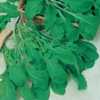 Arugula
Arugula
Spicy-flavored and versatile, this cool-weather green enhances salads, soups, and sauces.
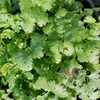 Coriander (Cilantro) - Slow Bolt
Coriander (Cilantro) - Slow Bolt
Bolt-resistant variety offers extended harvest of fresh cilantro leaves and flavorful coriander seeds.
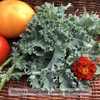 Dwarf Blue Curled Scotch Kale (Vates)
Dwarf Blue Curled Scotch Kale (Vates)
Leaves are finely curled, bluish green, low growing.
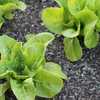 All The Year Round Butterhead Lettuce
All The Year Round Butterhead Lettuce
Medium sized heads stay firm and solid even in hot weather.
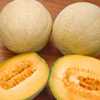 Honey Rock Melon
Honey Rock Melon
Sweet, flavorful melons with tough skin, vigorous plants, and fusarium wilt resistance.
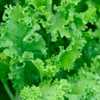 Southern Giant Curled Mustard Greens
Southern Giant Curled Mustard Greens
Large oval leaves with fringing of the edges. Slow to bolt.
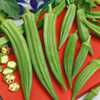 Clemson Spineless 80 Okra
Clemson Spineless 80 Okra
Plants grow 3 to 5 feet tall developing deep-green, straight and spineless ribbed 6 to 9 inch pods. One of the most popular okra varieties.
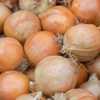 Yellow Sweet Spanish Onion
Yellow Sweet Spanish Onion
'Yellow Sweet Spanish' onions can grow extra large, are straw colored with white flesh that is mild and sweet flavored.
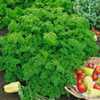 Evergreen Parsley
Evergreen Parsley
Vigorous, frost-resistant parsley with dark-green, curled leaves, ideal for culinary and medicinal uses.
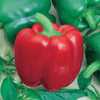 California Wonder (Bell) Pepper
California Wonder (Bell) Pepper
The flesh is thick, mild and sweet flavored.
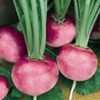 Pink Beauty Radish
Pink Beauty Radish
Attractive pink. An interesting addition to a tossed salad or vegetable platter.
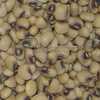 Pinkeye Purple Hull BVR Southern Pea
Pinkeye Purple Hull BVR Southern Pea
Early-maturing, virus-resistant pea with easy-to-pick purple pods.
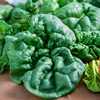 Bloomsdale Longstanding Spinach
Bloomsdale Longstanding Spinach
Early, dark green, crumpled leaves can be sown in spring or fall.
 Sunflower, Giant Greystripe
Sunflower, Giant Greystripe
Used as a snack, or add to bread, rolls, or as a topping to a green salad.
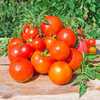 Atkinson Tomato
Atkinson Tomato
75 days, indeterminate, red, oblate tomatoes, 4-14 oz, sweet-tart flavor, disease-resistant, versatile use.
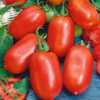 Roma VF Tomato
Roma VF Tomato
75 days, semi-determinate, bright red, plum-shaped tomatoes ideal for paste, sauces, or puree.
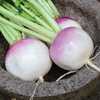 Purple Top White Globe Turnip
Purple Top White Globe Turnip
Round roots that are bright purple on the upper part and white below.
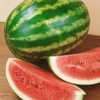 Crimson Sweet Watermelon
Crimson Sweet Watermelon
Light-green, dark-green stripes and average about 25 pounds.
Place a single order for this item and you will get one packet of each of the items shown below at an overall discount. If you prefer, you can order them individually one by one, by clicking on each item in the list.
 Basil, Genovese
Basil, GenoveseHighly aromatic and versatile, this basil boasts bold, sweet flavors perfect for culinary delights.
 Rattlesnake Pole Green Garden Bean
Rattlesnake Pole Green Garden BeanTasty green bean when young; excellent as a dry beans as well.
 Detroit Dark Red Beet
Detroit Dark Red BeetRenowned for its sweet, tender roots and versatile use.
 Waltham 29 Broccoli
Waltham 29 BroccoliCold-hardy and compact, thriving in late summer to winter with abundant side shoots.
 Catskill Brussels Sprouts
Catskill Brussels SproutsLarge, dark-green and firm sprouts.
 All Seasons Cabbage
All Seasons CabbageHeat resistant, fine-flavored and produces good, hard heads.
 Cosmic Purple Carrot
Cosmic Purple CarrotBright purple on the outside and orange on the inside.
 Snowball Self-Blanching Cauliflower
Snowball Self-Blanching CauliflowerSelf-blanching cauliflower with large leaves and mild flavor.
 Rainbow Swiss Chard
Rainbow Swiss ChardTender variety with orange, yellow, pink, white, and red stalks.
 Georgia (Southern) Collards
Georgia (Southern) CollardsHeat and cold tolerant; slow to bolt. Non-heading, juicy blue-green, wavy leaves will stand light freezing which improves their cabbage-like flavor.
 Golden Bantam Sweet Corn
Golden Bantam Sweet CornThe most popular yellow sweet corn among home gardener's since the beginning of the twentieth century.
 Boston Pickling Improved Cucumber
Boston Pickling Improved CucumberBlocky, bright green fruits. Perfect for pickling.
 Cinderella Pumpkin
Cinderella PumpkinFrench heirloom that is very productive and beautiful.
 Small Sugar Pumpkin
Small Sugar PumpkinOutstanding for processing and pumpkin pies.
 Early Prolific Straightneck Summer Squash
Early Prolific Straightneck Summer SquashThe fruits taper towards the stem end and are a nice lemon yellow color.
 Black Beauty Zucchini Summer Squash
Black Beauty Zucchini Summer SquashFruit are harvested at 6 to 8 inches by two inches and dark green.
 Arugula
ArugulaSpicy-flavored and versatile, this cool-weather green enhances salads, soups, and sauces.
 Coriander (Cilantro) - Slow Bolt
Coriander (Cilantro) - Slow BoltBolt-resistant variety offers extended harvest of fresh cilantro leaves and flavorful coriander seeds.
 Dwarf Blue Curled Scotch Kale (Vates)
Dwarf Blue Curled Scotch Kale (Vates)Leaves are finely curled, bluish green, low growing.
 All The Year Round Butterhead Lettuce
All The Year Round Butterhead LettuceMedium sized heads stay firm and solid even in hot weather.
 Honey Rock Melon
Honey Rock MelonSweet, flavorful melons with tough skin, vigorous plants, and fusarium wilt resistance.
 Southern Giant Curled Mustard Greens
Southern Giant Curled Mustard GreensLarge oval leaves with fringing of the edges. Slow to bolt.
 Clemson Spineless 80 Okra
Clemson Spineless 80 OkraPlants grow 3 to 5 feet tall developing deep-green, straight and spineless ribbed 6 to 9 inch pods. One of the most popular okra varieties.
 Yellow Sweet Spanish Onion
Yellow Sweet Spanish Onion'Yellow Sweet Spanish' onions can grow extra large, are straw colored with white flesh that is mild and sweet flavored.
 Evergreen Parsley
Evergreen ParsleyVigorous, frost-resistant parsley with dark-green, curled leaves, ideal for culinary and medicinal uses.
 California Wonder (Bell) Pepper
California Wonder (Bell) PepperThe flesh is thick, mild and sweet flavored.
 Pink Beauty Radish
Pink Beauty RadishAttractive pink. An interesting addition to a tossed salad or vegetable platter.
 Pinkeye Purple Hull BVR Southern Pea
Pinkeye Purple Hull BVR Southern PeaEarly-maturing, virus-resistant pea with easy-to-pick purple pods.
 Bloomsdale Longstanding Spinach
Bloomsdale Longstanding SpinachEarly, dark green, crumpled leaves can be sown in spring or fall.
 Sunflower, Giant Greystripe
Sunflower, Giant GreystripeUsed as a snack, or add to bread, rolls, or as a topping to a green salad.
 Atkinson Tomato
Atkinson Tomato75 days, indeterminate, red, oblate tomatoes, 4-14 oz, sweet-tart flavor, disease-resistant, versatile use.
 Roma VF Tomato
Roma VF Tomato75 days, semi-determinate, bright red, plum-shaped tomatoes ideal for paste, sauces, or puree.
 Purple Top White Globe Turnip
Purple Top White Globe TurnipRound roots that are bright purple on the upper part and white below.
 Crimson Sweet Watermelon
Crimson Sweet WatermelonLight-green, dark-green stripes and average about 25 pounds.
Customer Reviews:
Do you have experience with this one? 📝 📣 Write a review!
No reviews have been posted yet.

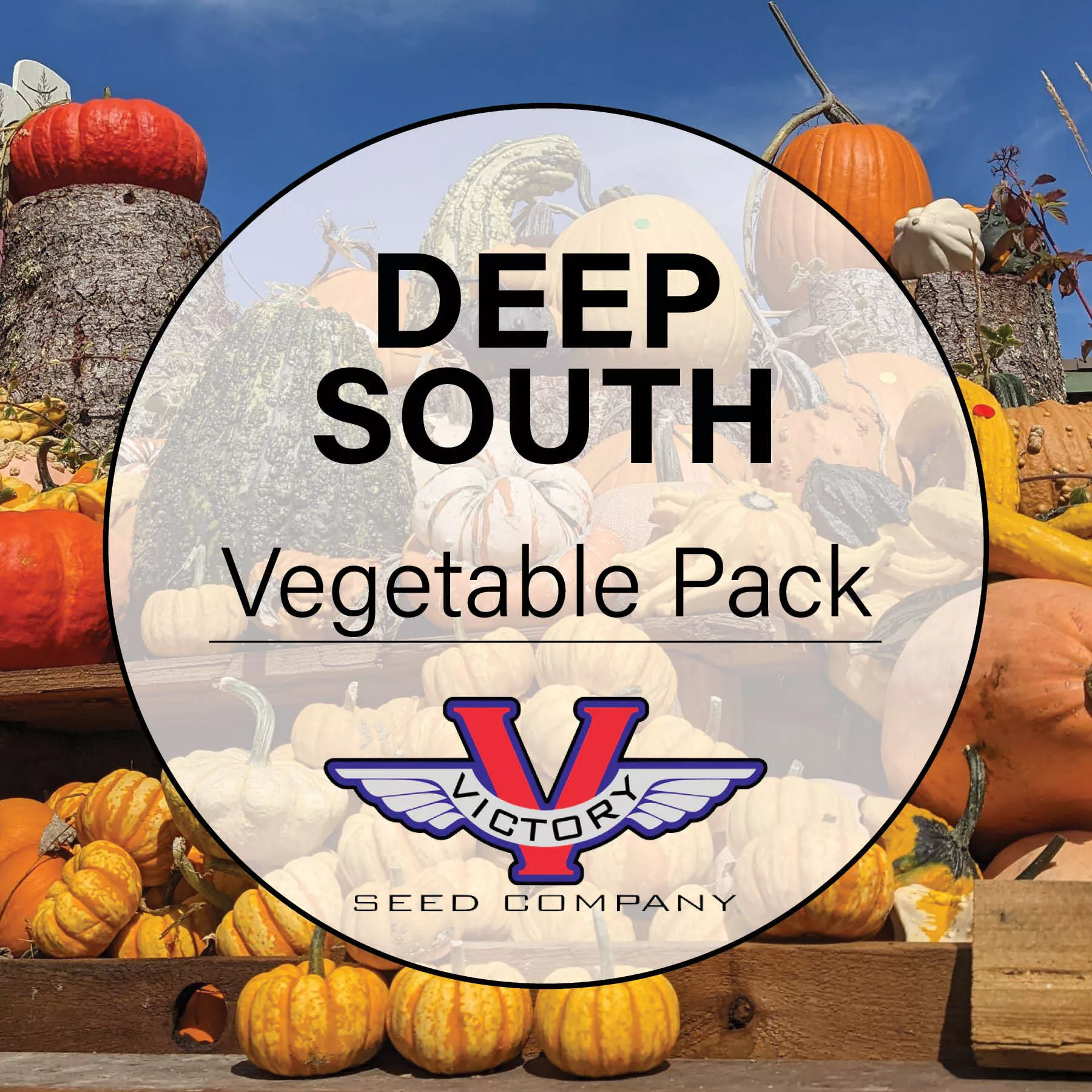
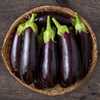 Diamond Eggplant (Removed)
Diamond Eggplant (Removed)